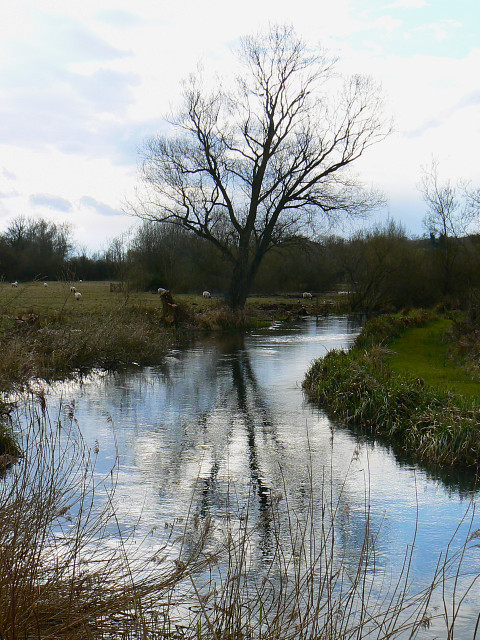|
Marlborough Mound
Marlborough Mound is a Neolithic monument in the town of Marlborough in the English county of Wiltshire. Standing 19 metres tall, it is second only to the nearby Silbury Hill in terms of height for such a monument. Modern study situates the construction date around 2400 BC. It was first listed as a Scheduled Monument in 1951. Marlborough Mound is part of a complex of Neolithic monuments in this area, which includes the Avebury Ring, Silbury Hill, and the West Kennet Long Barrow. It is close to the confluence of the River Kennet and lies within the grounds of Marlborough College. Thus it is on private property, unlike other comparable archaeological sites in Wiltshire. Since construction, the mound has functioned as the motte for a Norman Castle, a garden feature for a stately home, and the site for a water tower within Marlborough College.Marlborough College (2017). ''Marlborough Mound: The Mound Trust'' Marlborough, UK. Today, only the earthworks remain; at its base is a gro ... [...More Info...] [...Related Items...] OR: [Wikipedia] [Google] [Baidu] |
Marlborough, Wiltshire
Marlborough ( , ) is a market town and Civil parishes in England, civil parish in the England, English Counties of England, county of Wiltshire on the A4 road (England), Old Bath Road, the old main road from London to Bath, Somerset, Bath. The town is on the River Kennet, 24 miles (39 km) north of Salisbury and 10 miles (16 km) southeast of Swindon. History The earliest sign of human habitation is the Marlborough Mound, a prehistoric tumulus in the grounds of Marlborough College. Recent radiocarbon dating has found it to date from about 2400 BC. It is of similar age to the larger Silbury Hill about west of the town. Legend has it that the Mound is the burial site of Merlin (wizard), Merlin and that the name of the town comes from Merlin's Tumulus, Barrow. More plausibly, the town's name possibly derives from the medieval term for chalky ground "marl"—thus, "town on chalk". However more recent research, from geographer John Everett-Heath, identifies the original O ... [...More Info...] [...Related Items...] OR: [Wikipedia] [Google] [Baidu] |
Ronald Hutton
Ronald Edmund Hutton (born 19 December 1953) is an English historian who specialises in Early Modern Britain, British folklore, pre-Christian religion and Contemporary Paganism. He is a professor at the University of Bristol, has written 14 books and has appeared on British television and radio. He held a fellowship at Magdalen College, Oxford, and is a Commissioner of English Heritage. Born in Ootacamund, India, his family returned to England, and he attended a school in Ilford and became particularly interested in archaeology. He volunteered in a number of excavations until 1976 and visited the country's chambered tombs. He studied history at Pembroke College, Cambridge, and then Magdalen College, Oxford, before he lectured in history at the University of Bristol from 1981. Specialising in Early Modern Britain, he wrote three books on the subject: ''The Royalist War Effort'' (1981), ''The Restoration'' (1985) and ''Charles the Second'' (1990). In the 1990s, he wrote books a ... [...More Info...] [...Related Items...] OR: [Wikipedia] [Google] [Baidu] |

.jpg)